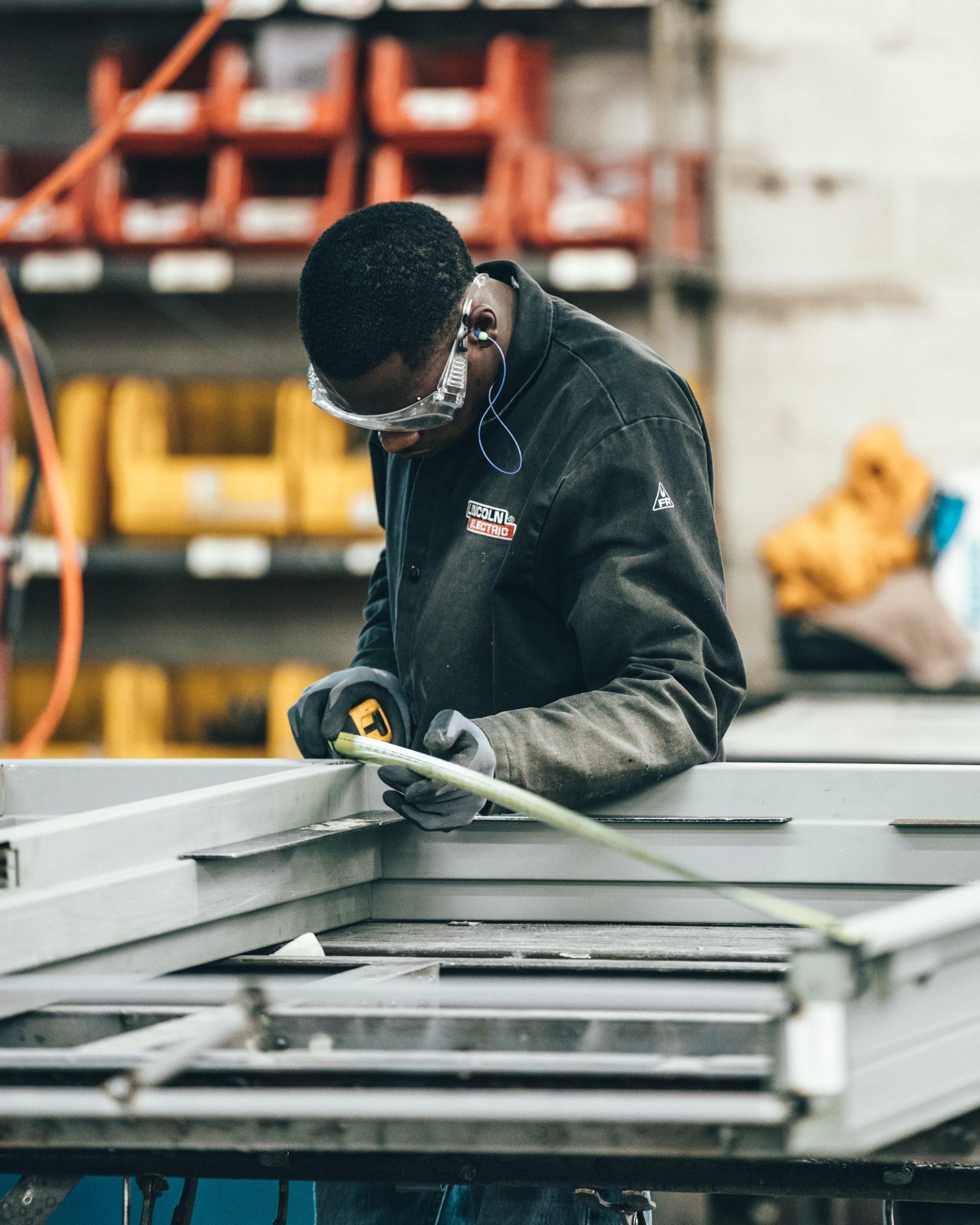
A Foundational Technology Development and Deployment Office to Create Jobs
Summary
The history of the United States is replete with examples of how foundational new technologies can transform the economy and create jobs. From the automobile to the transistor to recombinant DNA, foundational technologies have enabled an expanding middle class and prosperity for millions of Americans. The federal government played a vital role in providing and enabling early market development and applications for these technologies. The United States must rededicate itself to promoting new technologies beyond the research and development phase, if it is to maintain a position of global economic leadership and successful transition to the 21st century economy.
The U.S. government should create a Foundational Technology Development and Deployment Office within the Department of Commerce that retains flexible financing authority to support market-pull programs for early-stage commercialization of innovative firms. An annual $50 billion authorization, for five years, would spark nascent strategic industries (e.g., new energy production and distribution, advanced manufacturing, synthetic biology, materials, robotics, mobility, space exploration, and next-generation semiconductors), and would be critical to transitioning the U.S. workforce for the 21st century economy. With the success of such an office, the U.S. will cement itself as the global locus of frontier technology industries. The country could also ensure that the economic spillovers from innovation are distributed more equally across socio-economic groups, through the creation of more domestic, advanced manufacturing that creates middle-skill jobs.
At a time when universities are already facing intense pressure to re-envision their role in the S&T ecosystem, we encourage NSF to ensure that the ambitious research acceleration remains compatible with their expertise.
FAS CEO Daniel Correa recently spoke with Adam Marblestone and Sam Rodriques, former FAS fellows who developed the idea for FROs and advocated for their use in a 2020 policy memo.
When the U.S. government funds the establishment of a platform for testing hundreds of behavioral interventions on a large diverse population, we will start to better understand the interventions that will have an efficient and lasting impact on health behavior.
Integrating AI tools into healthcare has an immense amount of potential to improve patient outcomes, streamline clinical workflows, and reduce errors and bias.